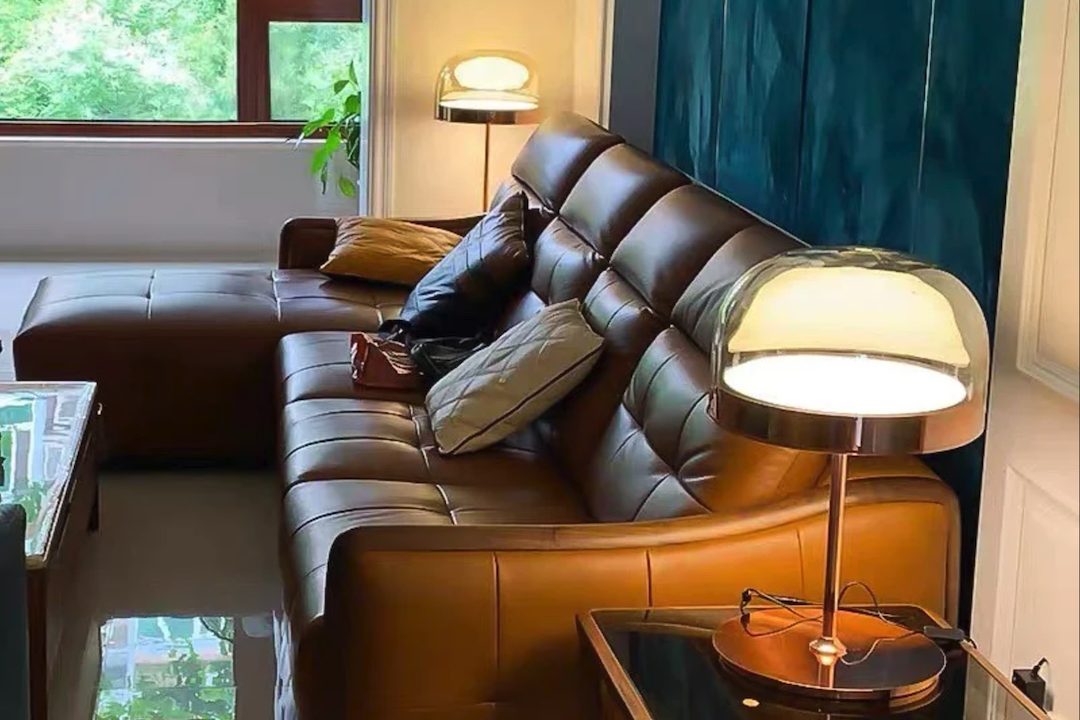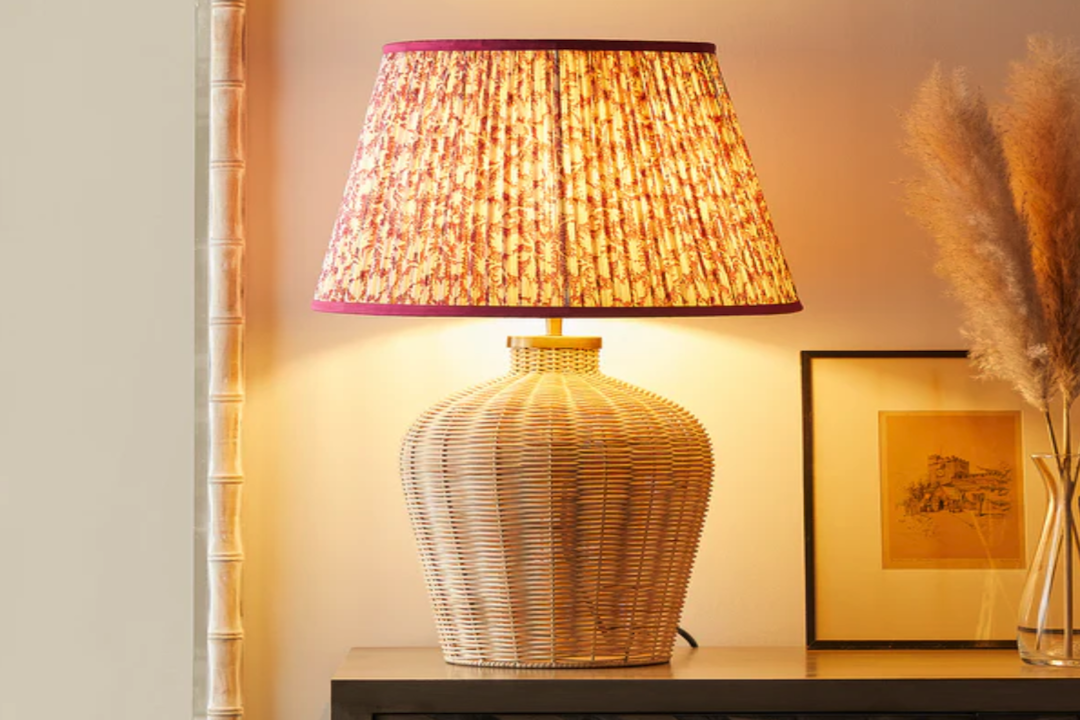Studio lighting is a critical factor in enhancing workplace productivity. Proper illumination significantly affects mood, energy levels, and overall well-being, which directly impact work efficiency. Insufficient or poor lighting can cause eye strain, headaches, and fatigue, hindering focus and productivity.
Conversely, well-designed studio lighting Buyance creates a comfortable and inviting environment that promotes alertness and concentration. It reduces the risk of eye strain and other physical discomforts, allowing for extended work periods without excessive fatigue. Additionally, good lighting enhances workspace aesthetics, inspiring creativity and making the area more visually appealing.
Investing in quality studio lighting is essential for creating a productive and comfortable work environment. Moreover, studio lighting influences the quality of work produced in a workspace. Proper illumination improves visibility and color accuracy, enabling greater precision and attention to detail.
This is particularly important for tasks requiring focus and accuracy, such as graphic design, photography, and video editing. Inadequate lighting can lead to errors and inconsistencies, while optimal lighting conditions help individuals produce high-quality results. When setting up a workspace, it is crucial to consider the impact of studio lighting on overall work quality.
Prioritizing good lighting creates an environment that supports productivity and enables individuals to produce their best work.
Choosing the Right Desk Light for Your Workspace
Task-Specific Illumination
The type of work you will be doing at your desk plays a significant role in choosing the right desk light. If you will be performing tasks that require a high level of detail and precision, such as drafting or graphic design, you may need a desk light with adjustable brightness and color temperature settings to provide optimal illumination.
Desk Size and Design Considerations
The size and design of your desk are also crucial factors to consider when choosing a desk light. A larger desk may require a light with a longer reach or a wider illumination area to adequately cover the workspace. Additionally, the design of the desk light should complement the aesthetics of your workspace and provide functionality without being obtrusive.
Energy Efficiency and Longevity
Furthermore, consider the energy efficiency and longevity of the desk light. LED desk lights are a popular choice for their energy efficiency and long lifespan, making them a cost-effective option in the long run. By carefully considering these factors, you can select a desk light that enhances your workspace and supports your productivity.
Understanding Different Types of Studio Lighting
There are several different types of studio lighting that can be used to illuminate a workspace, each with its own unique characteristics and benefits. One common type of studio lighting is ambient lighting, which provides overall illumination to the entire space. Ambient lighting helps create a comfortable and inviting atmosphere in a workspace by evenly distributing light throughout the room.
This type of lighting is essential for reducing eye strain and creating a pleasant working environment. Another type of studio lighting is task lighting, which is designed to provide focused illumination for specific work tasks. Task lighting is particularly important for activities that require precision and attention to detail, such as reading, writing, or working on a computer.
By directing light onto the specific area where work is being performed, task lighting helps reduce glare and shadows, making it easier to see and work comfortably. In addition to ambient and task lighting, accent lighting can also be used to highlight specific areas or objects in a workspace. Accent lighting adds visual interest and depth to a room by drawing attention to particular features or decor elements.
This type of lighting can be used to create a more dynamic and visually appealing workspace.
Tips for Setting Up and Positioning Your Desk Light
Proper setup and positioning of your desk light are essential for maximizing its effectiveness in your workspace. When setting up your desk light, consider placing it at an angle that minimizes glare on your computer screen or work surface. Position the light source so that it illuminates your work area without casting shadows or causing reflections that could interfere with your visibility.
Additionally, consider the color temperature of the light and how it affects the ambiance of your workspace. Cooler color temperatures (e.g., daylight white) are often preferred for tasks that require focus and attention to detail, while warmer color temperatures (e.g., soft white) can create a more relaxed and comfortable atmosphere for reading or casual work. Furthermore, consider using multiple light sources to create layered illumination in your workspace.
By combining ambient, task, and accent lighting, you can create a well-balanced lighting scheme that meets the specific needs of different areas within your workspace. This approach allows you to customize the lighting to suit different tasks and activities throughout the day.
Enhancing Productivity with Proper Lighting
Proper lighting is essential for enhancing productivity in a workspace. Well-designed studio lighting can help reduce eye strain, improve visibility, and create a comfortable working environment that supports focus and concentration. By providing adequate illumination for different tasks and activities, proper lighting can help individuals work more efficiently and produce higher quality results.
In addition to its practical benefits, proper lighting can also have a positive impact on mood and well-being. Natural light has been shown to have mood-boosting effects and can help regulate circadian rhythms, which in turn can improve energy levels and overall productivity. By incorporating natural light or simulating its effects with artificial lighting, individuals can create a more uplifting and inspiring workspace.
Overall, investing in proper lighting for a workspace is an important consideration for anyone looking to optimize their productivity and well-being. By carefully selecting and positioning studio lighting in a workspace, individuals can create an environment that supports their work habits and enables them to perform at their best.
Maintaining Your Desk Light for Optimal Performance
Cleaning and Bulb Replacement
Keep the light fixture clean by dusting it regularly with a soft cloth to prevent dust buildup that can affect its brightness and efficiency. Additionally, check the condition of the light bulbs or LED modules periodically and replace them as needed to maintain consistent illumination.
Inspecting for Wear and Damage
Furthermore, pay attention to any signs of wear or damage on the light fixture, such as frayed cords or loose connections. Addressing these issues promptly can prevent safety hazards and ensure that the desk light continues to function properly.
Maintenance of Moving Parts and Professional Servicing
If your desk light has adjustable components such as arms or hinges, lubricate them as needed to maintain smooth movement and prevent stiffness or squeaking. Finally, consider scheduling professional maintenance or servicing for your desk light if it has complex components or requires specialized care. Regular maintenance will help prolong the lifespan of your desk light and ensure that it continues to provide optimal performance in your workspace.
Budget-Friendly Options for Studio Lighting on a Desk
For those looking for budget-friendly options for studio lighting on a desk, there are several cost-effective solutions available. LED desk lamps are an affordable choice for providing energy-efficient illumination in a workspace. LED technology offers long-lasting performance and consumes less energy than traditional incandescent bulbs, resulting in lower electricity costs over time.
Another budget-friendly option is to utilize natural light as much as possible by positioning your desk near windows or using sheer curtains to diffuse sunlight. Natural light not only provides free illumination but also offers numerous health benefits such as improved mood and reduced eye strain. Additionally, consider using adjustable task lights with flexible arms or gooseneck designs that allow you to direct light precisely where it is needed without having to invest in multiple light sources.
These versatile desk lights are often available at affordable prices and can be adjusted to suit different tasks throughout the day. In conclusion, there are various budget-friendly options for studio lighting on a desk that can help individuals create a productive and comfortable workspace without breaking the bank. By exploring these cost-effective solutions, individuals can enhance their productivity without compromising on the quality of their workspace illumination.





